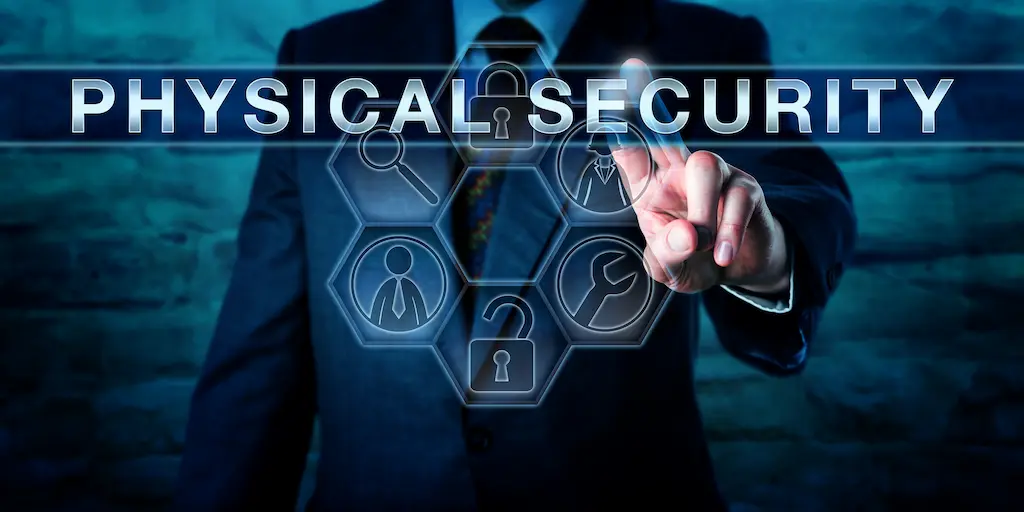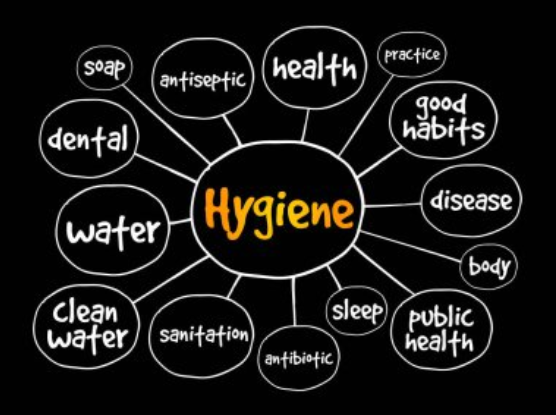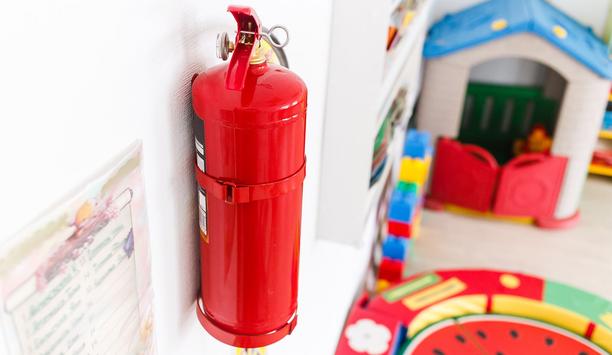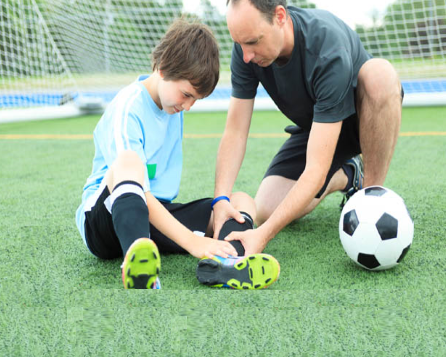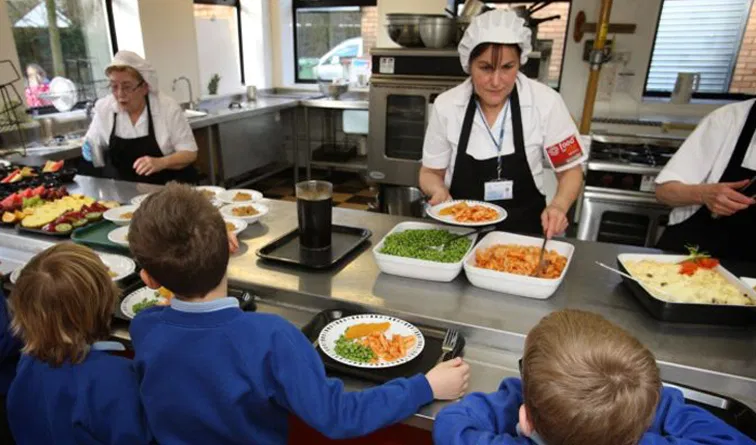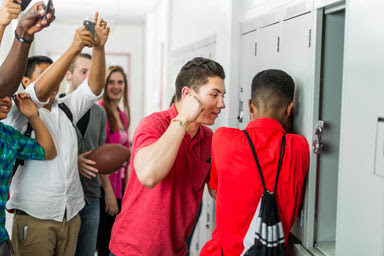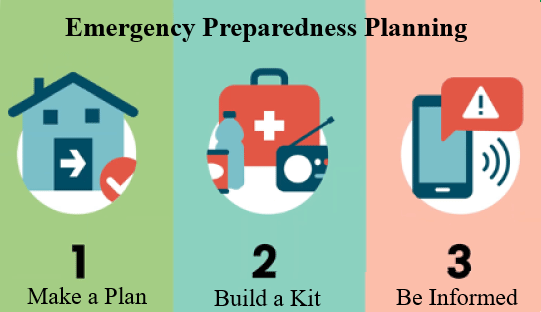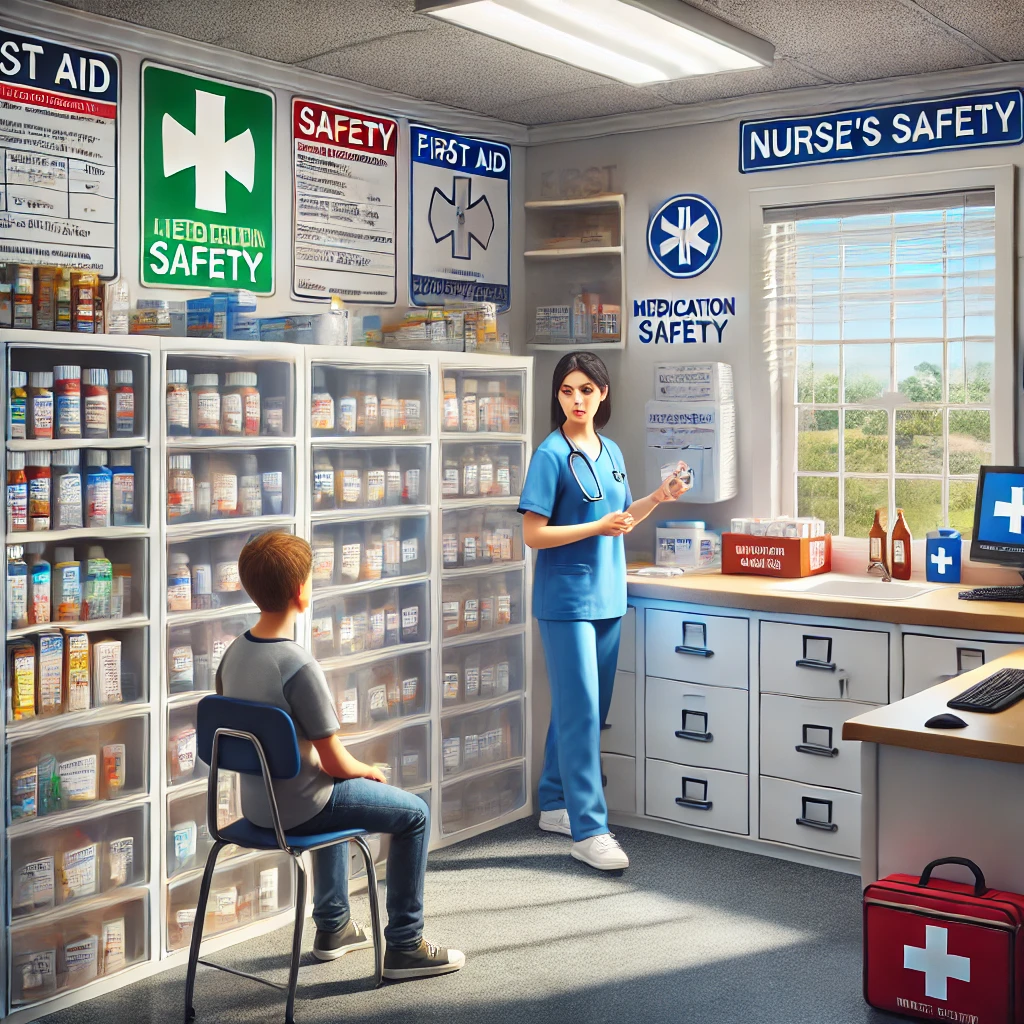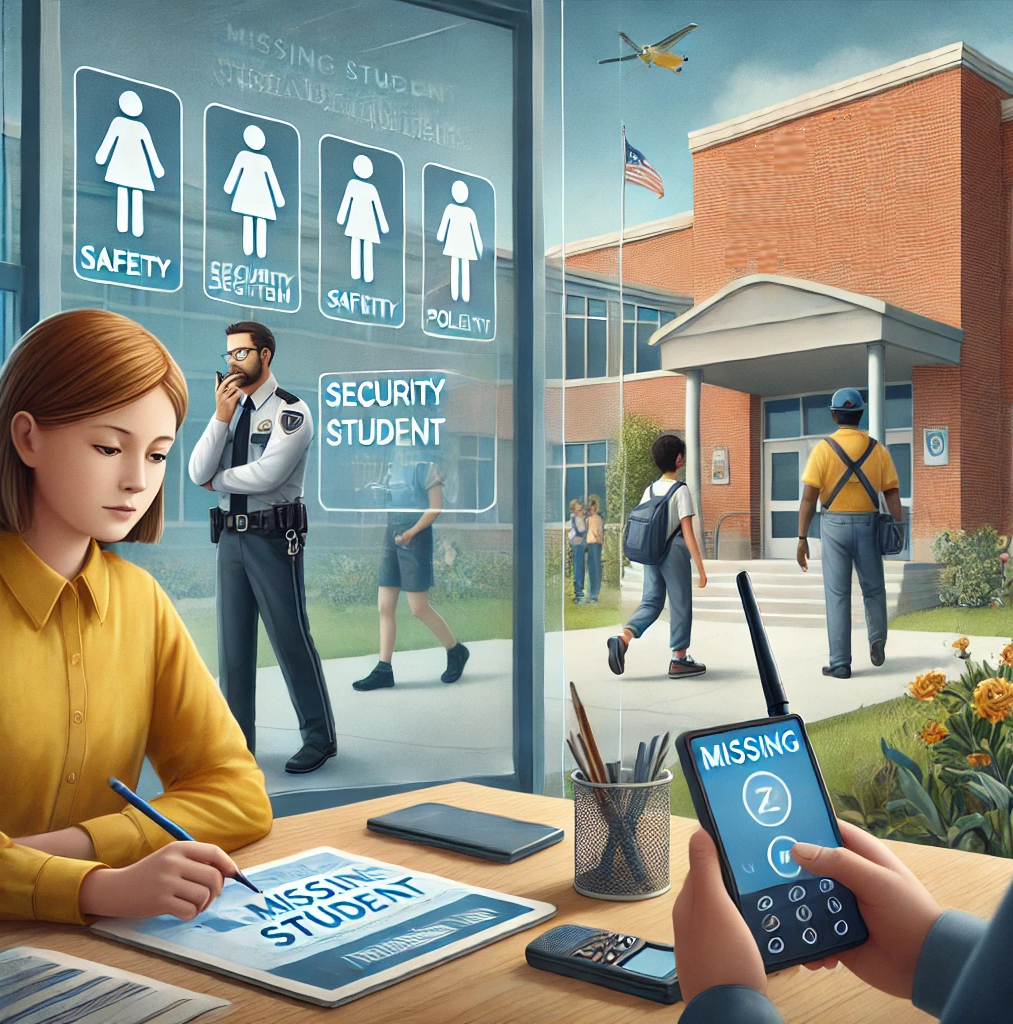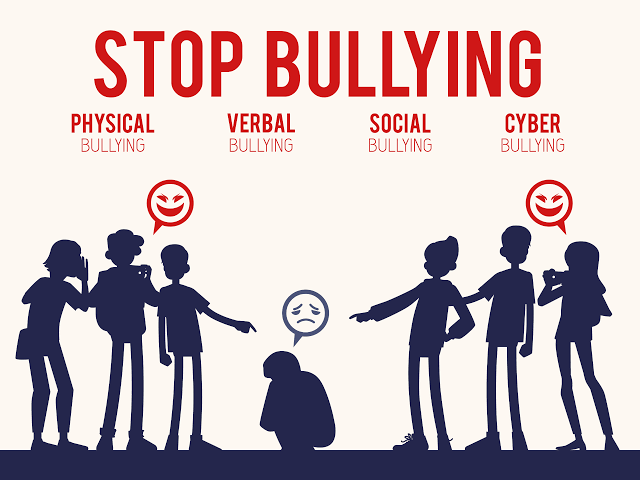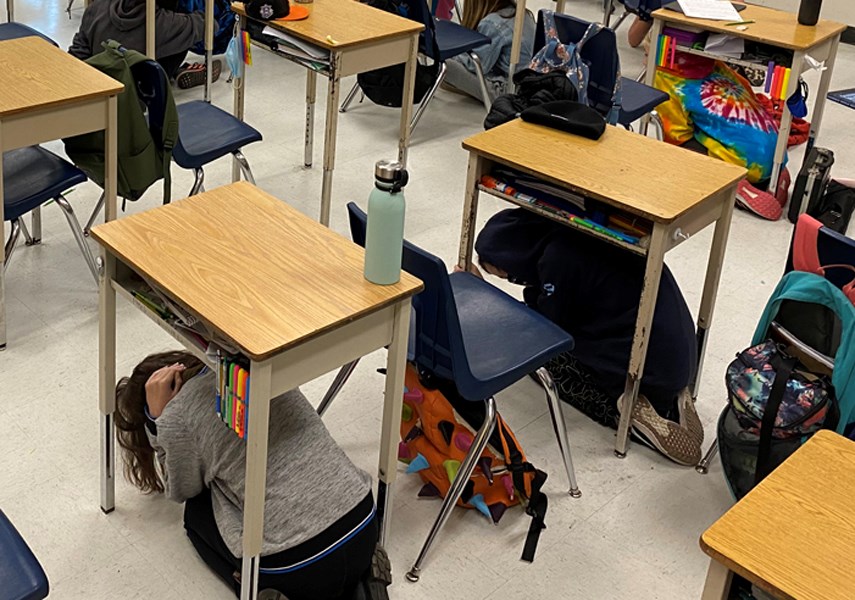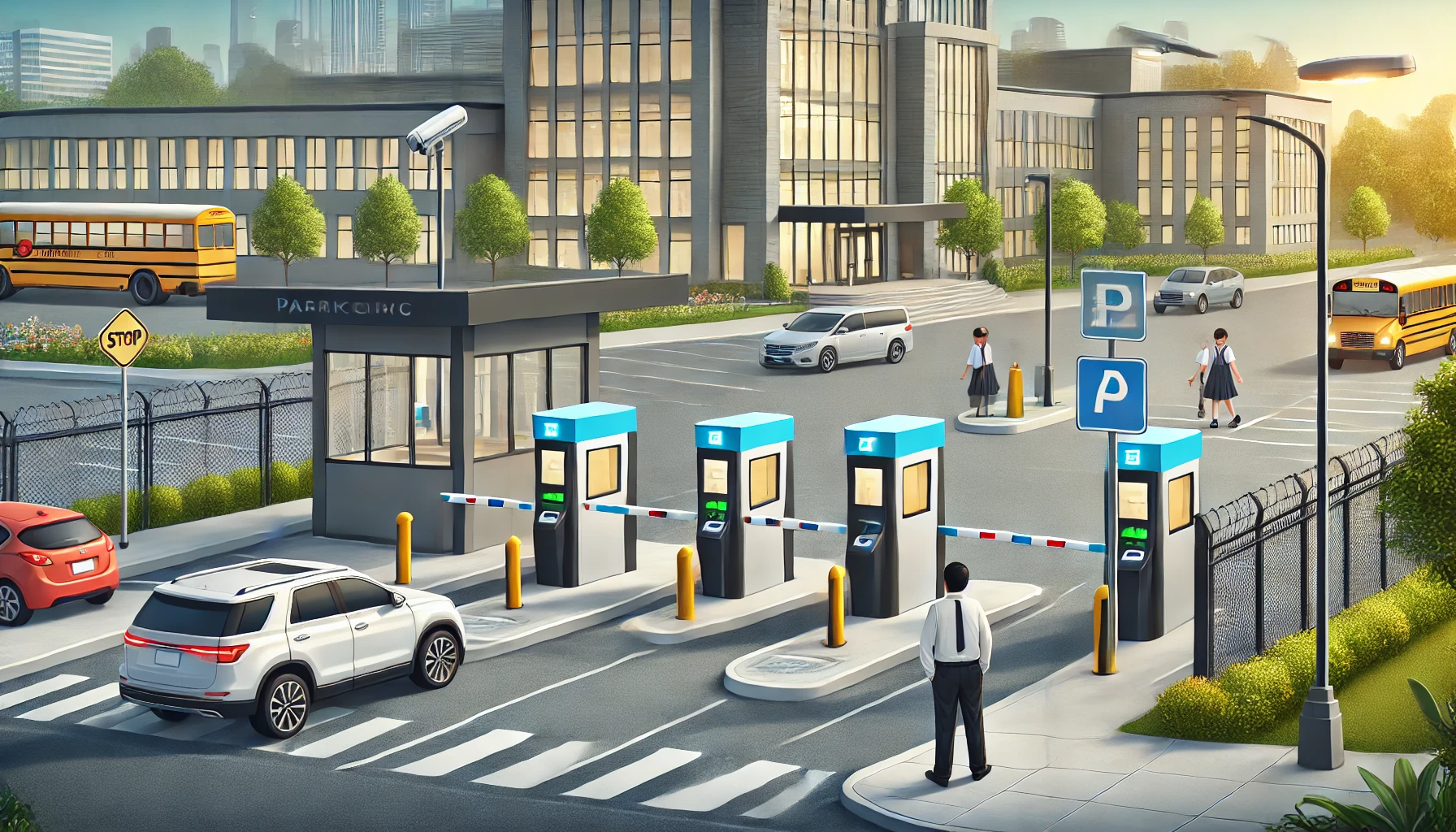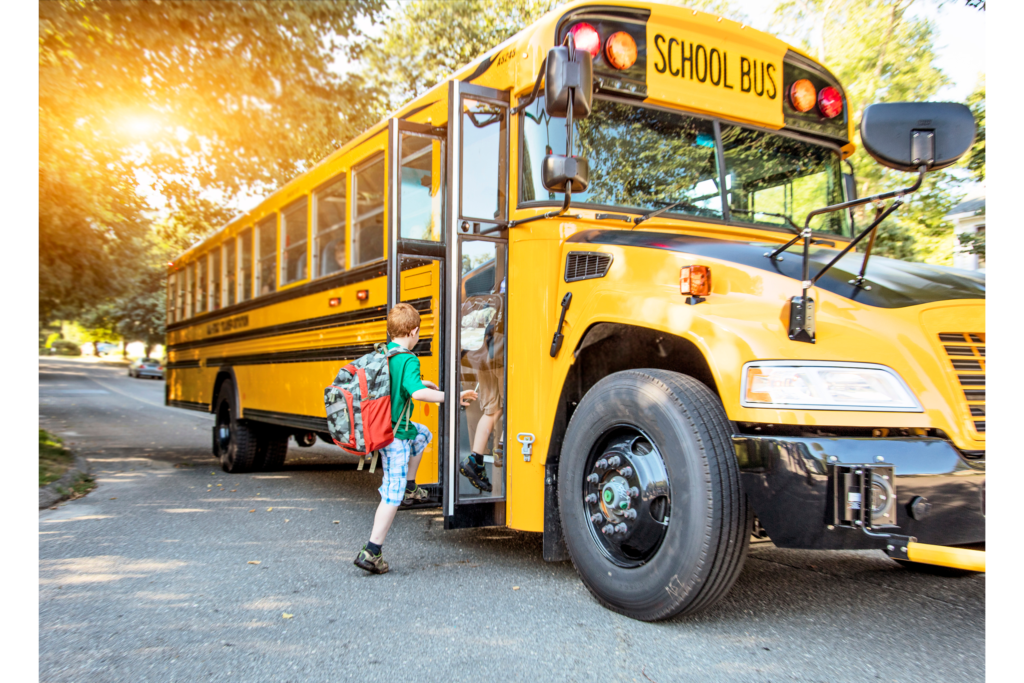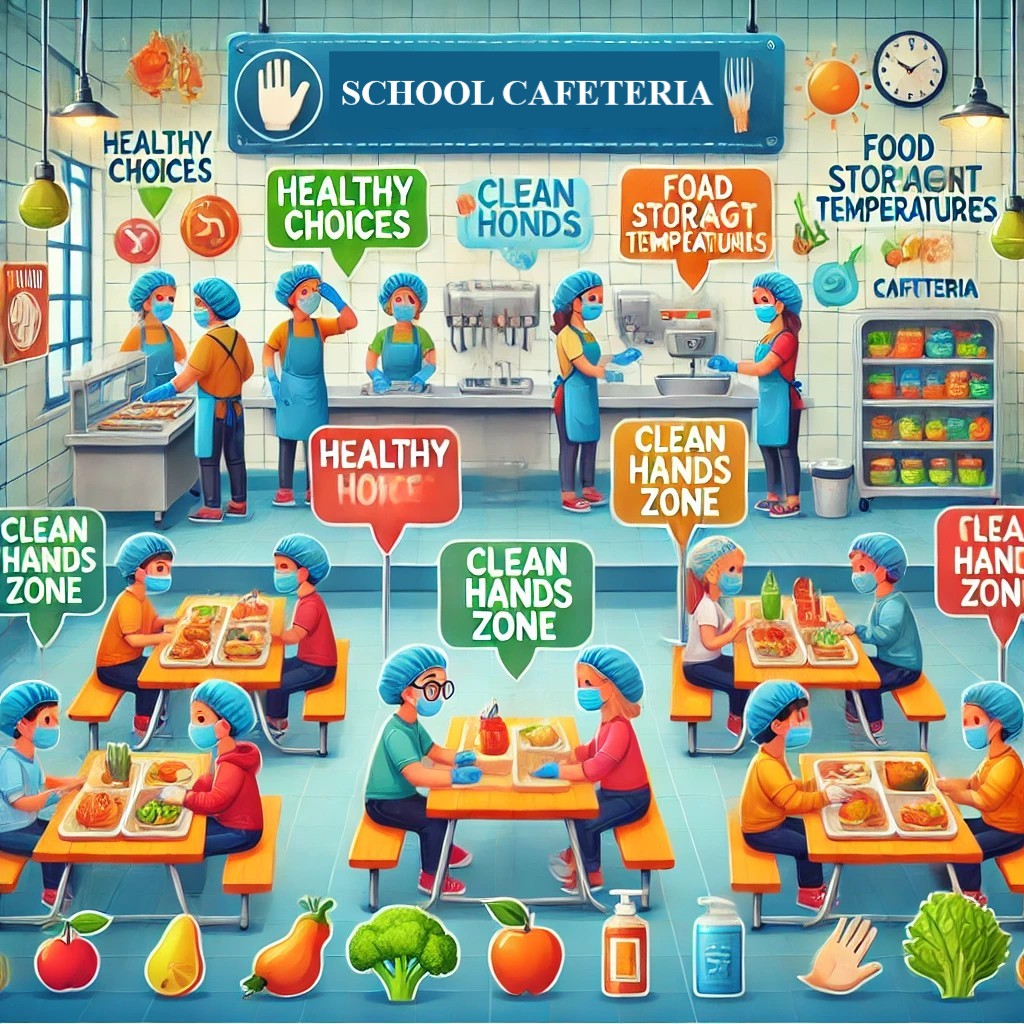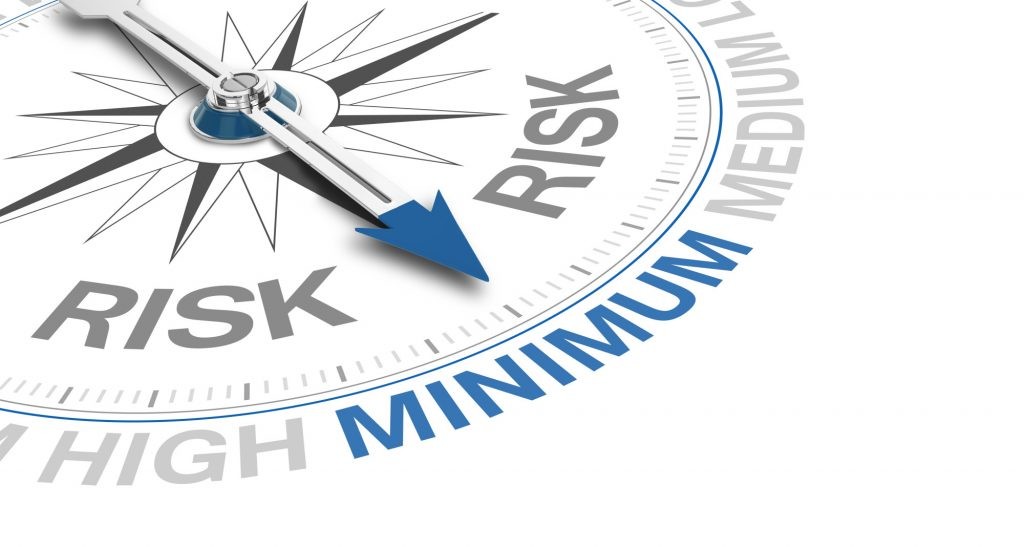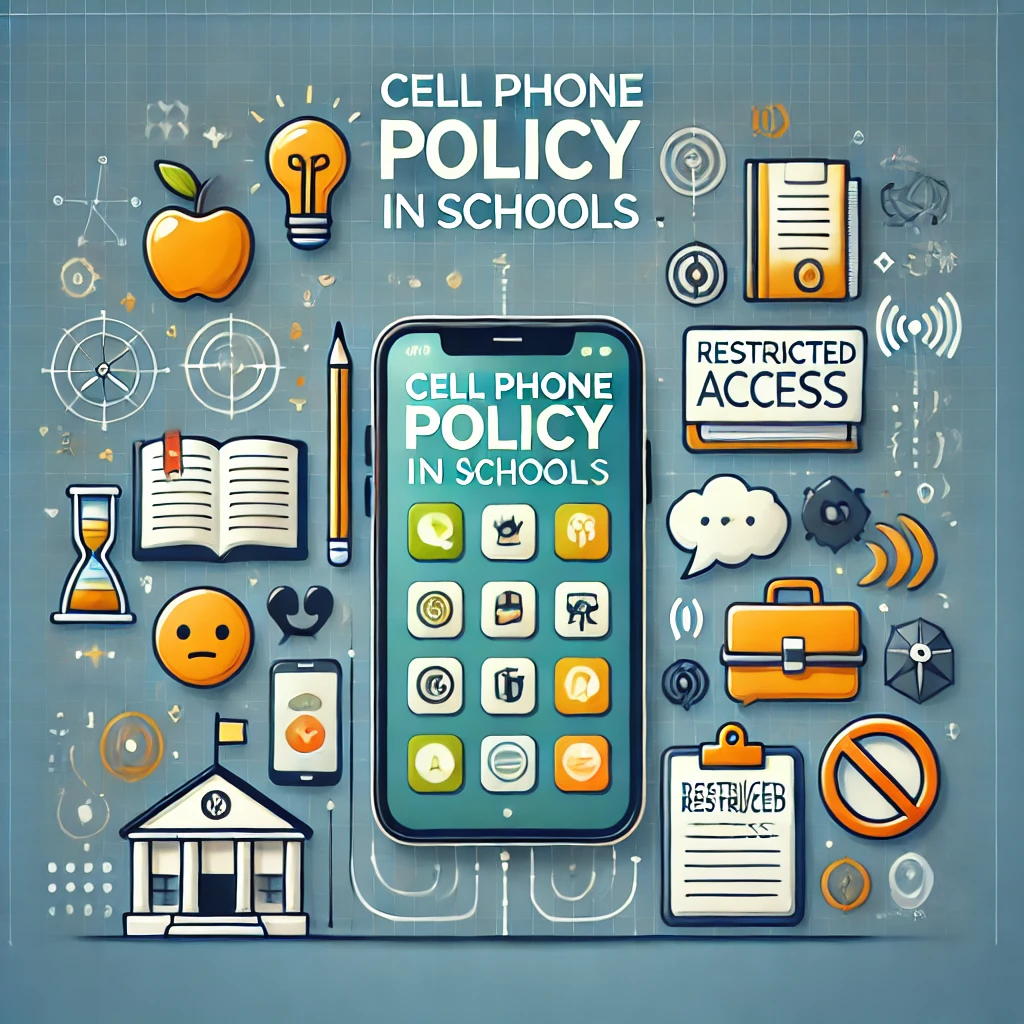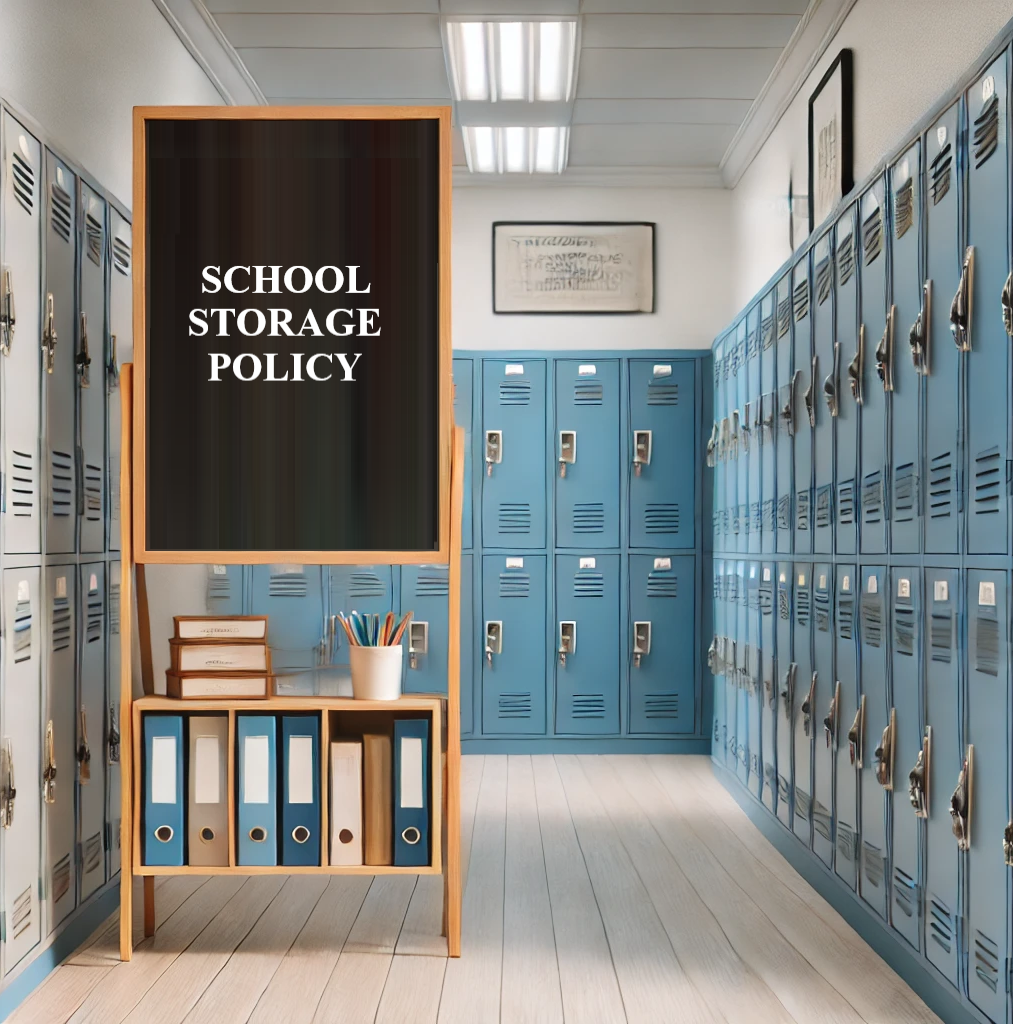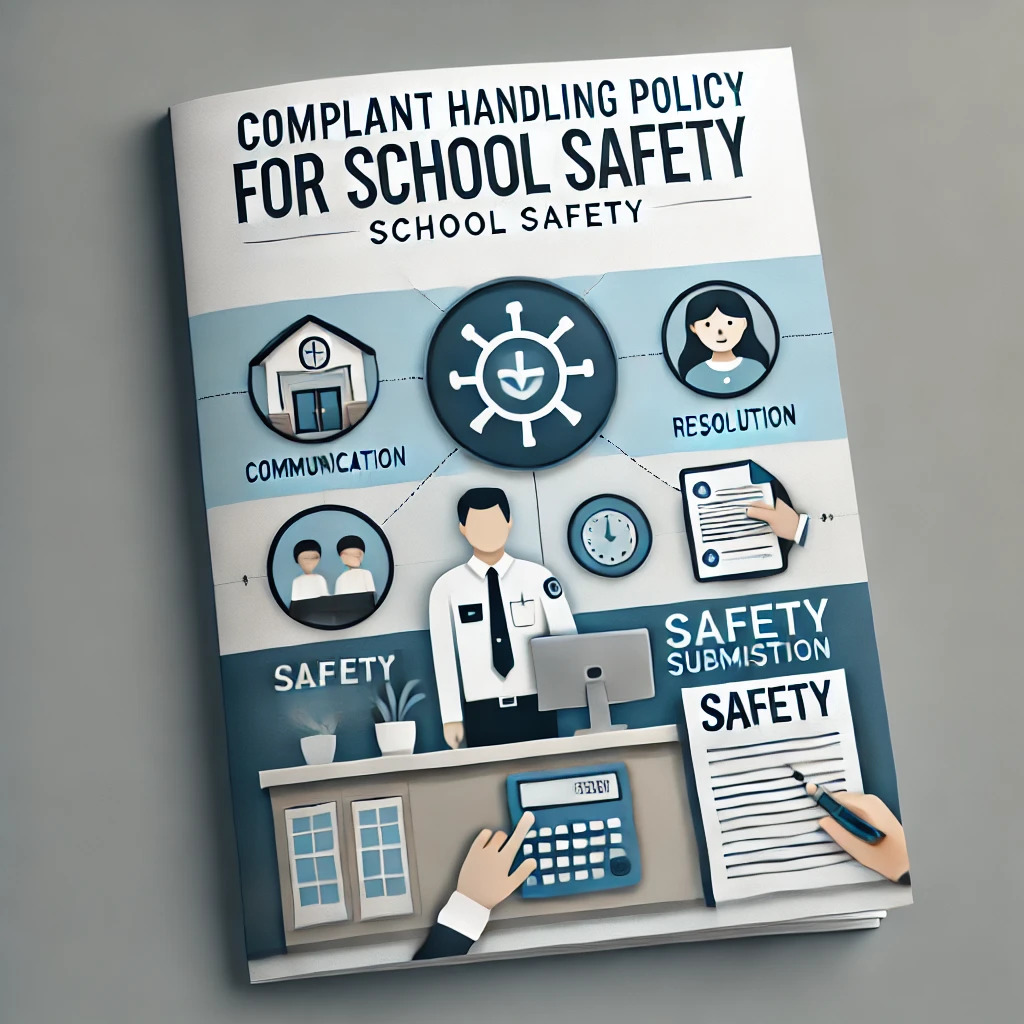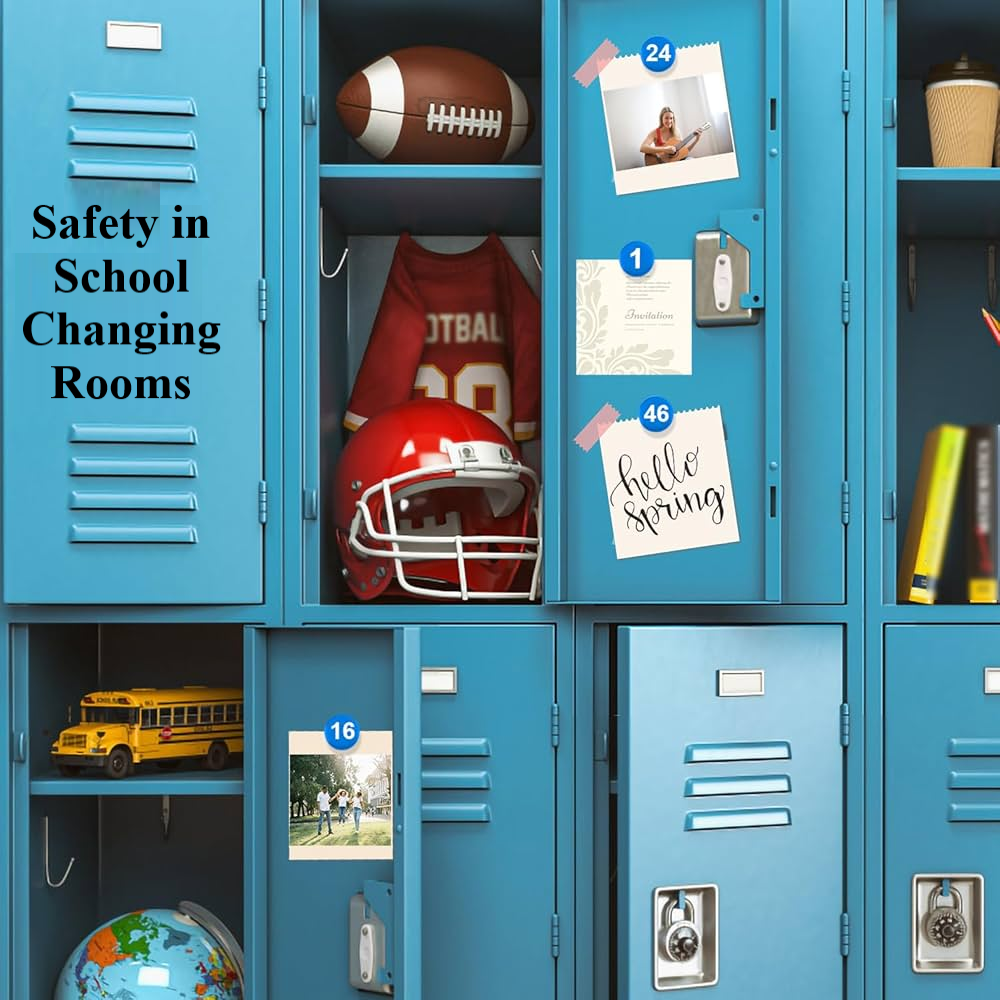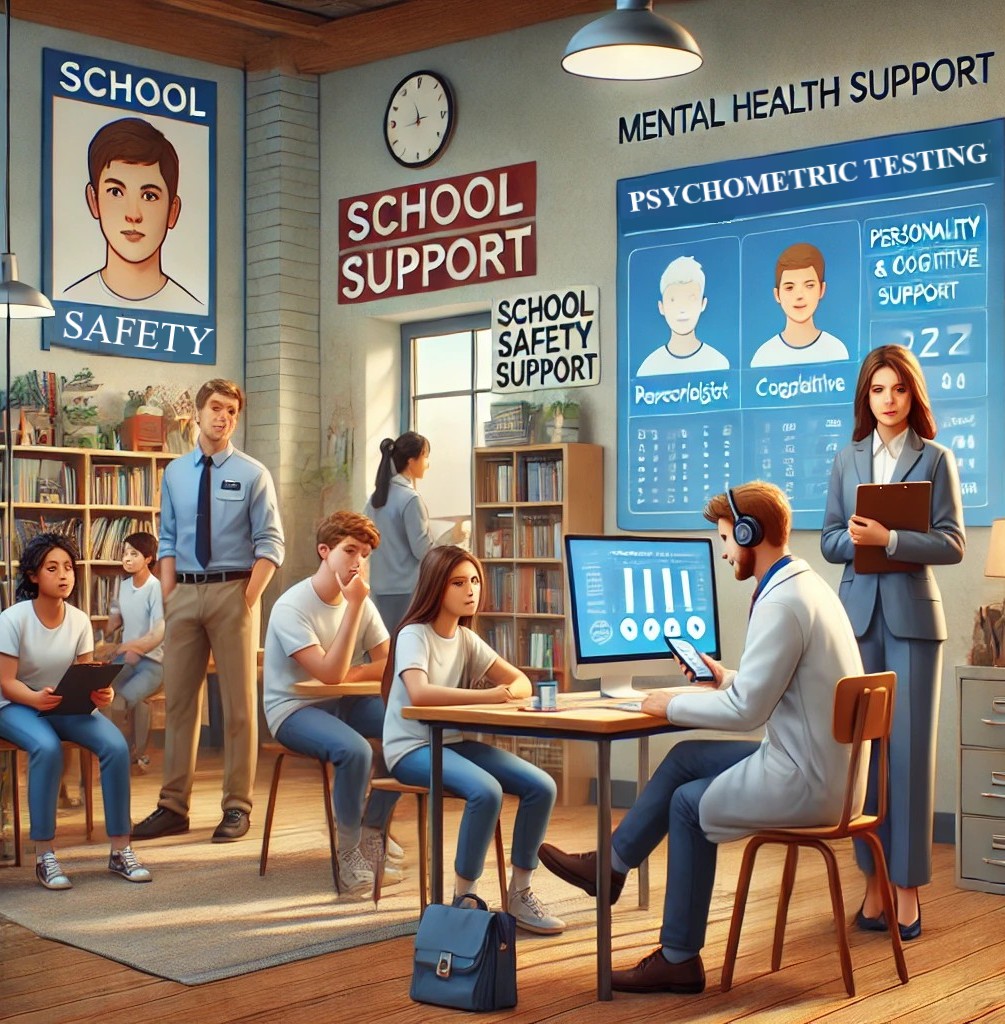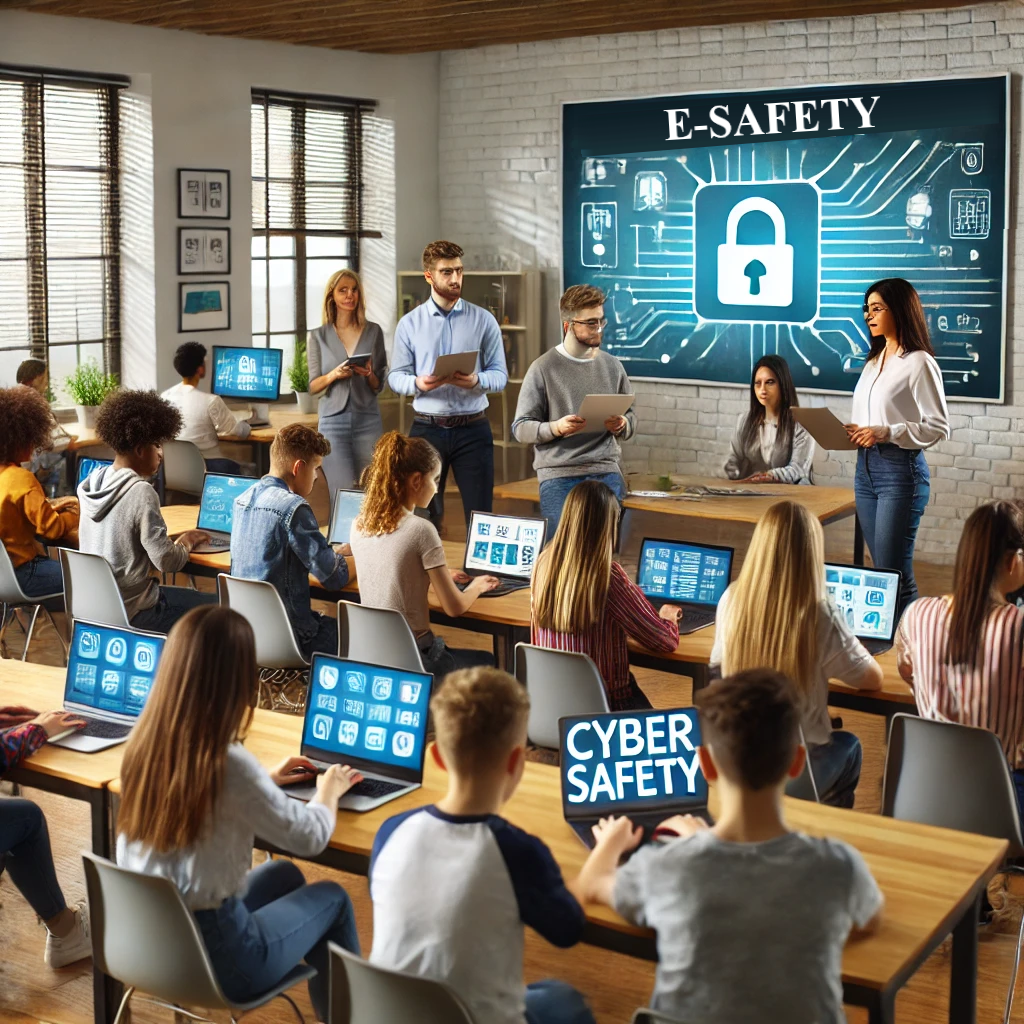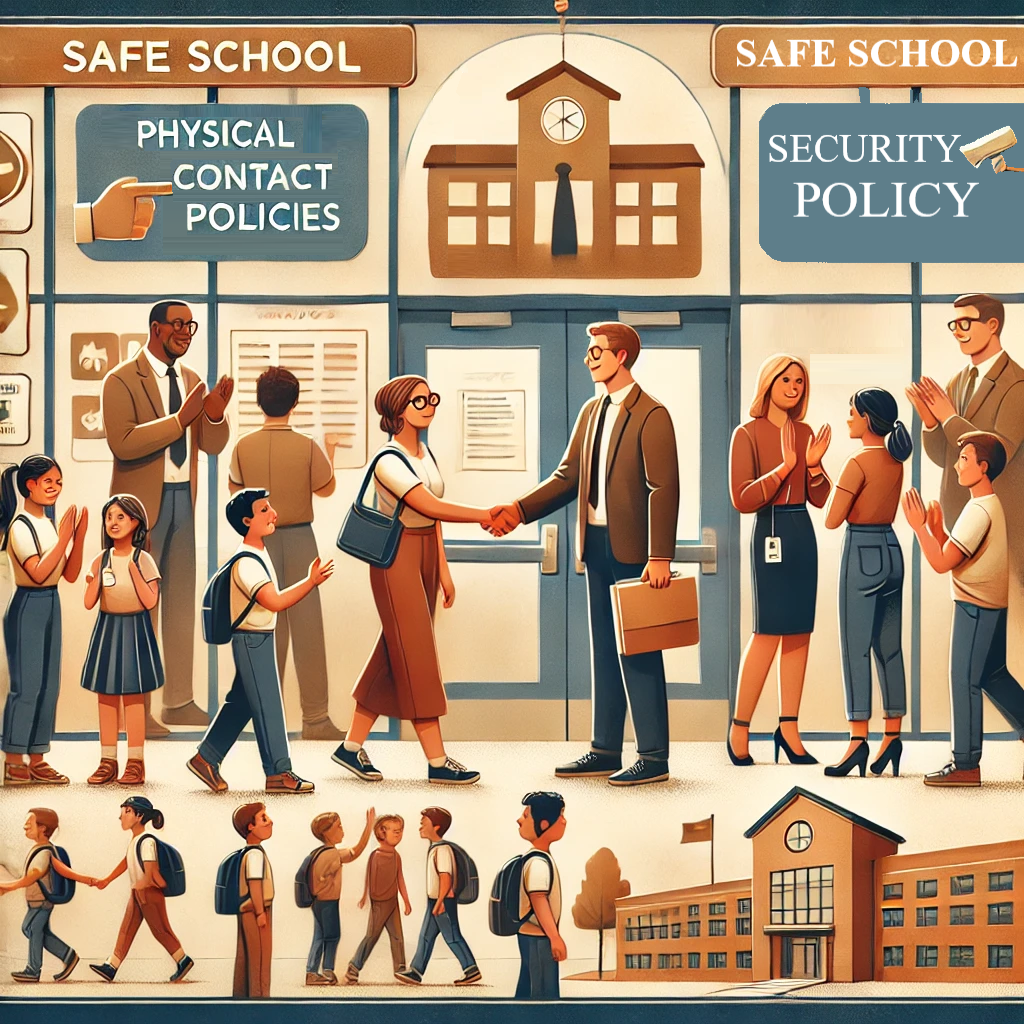Introduction
The
foundation of a successful education system lies in its ability to ensure
safety. Modern threats, both external and internal, call for comprehensive
strategies that blend traditional security measures with cutting-edge
technology. This blog highlights key practices schools can adopt to create a
secure learning environment.
1. Designing Safer School Infrastructures
School
infrastructure plays a pivotal role in deterring potential threats:
- Open Layouts
with Natural Surveillance: Incorporating large windows
and open spaces enhances visibility, reducing the chances of undetected
incidents.
- Secure
Entrances: Electronic access control systems, like biometric scanners,
allow entry only to authorized personnel.
- Example: Singapore
has revamped school designs with visible learning spaces and reinforced
structures to combine aesthetics with safety.
2. Enhancing Perimeter Security
Physical
barriers are essential in deterring intrusions.
- Fencing and
Gates: Modern schools use fences integrated with sensors to detect
breaches.
- Drawbacks: While
fences offer physical protection, they may create an unwelcoming image if
poorly designed.
- Case Study: A school
in Texas installed smart gates with facial recognition systems, ensuring
both security and ease of access.
3. Emphasizing Emergency Preparedness
Preparedness
can save lives during critical incidents:
- Regular Drills: Fire,
earthquake, and lockdown drills ensure the community is ready to act
promptly.
- Emergency Kits: Stocked
with essentials like medical supplies, communication devices, and
sustenance.
Example: A Japanese elementary school’s well-rehearsed tsunami drill resulted in a 100% survival rate during a natural disaster.
4. Leveraging Technology for Surveillance
- CCTV with AI
Integration: Modern cameras not only record but analyze behaviors, flagging
potential risks.
- Remote
Monitoring: Schools can use cloud-based solutions to oversee activities in
real time.
- Challenge: Privacy
concerns among students and parents must be addressed with clear policies.
5. Engaging Stakeholders in Safety Initiatives
Safety
is a shared responsibility:
- Parent
Involvement: Regular updates and safety workshops keep families informed.
- Community
Collaboration: Partnering with local authorities ensures swift responses
during emergencies.
